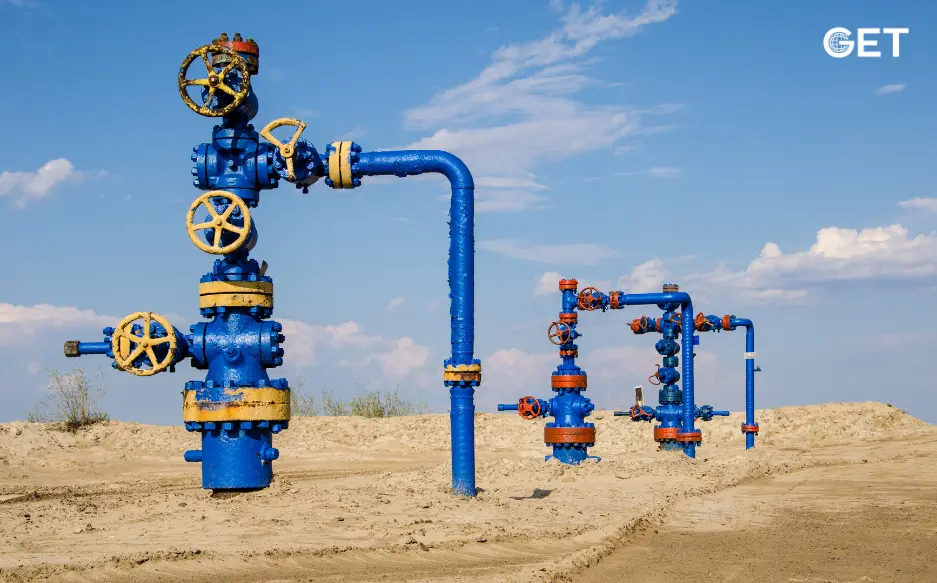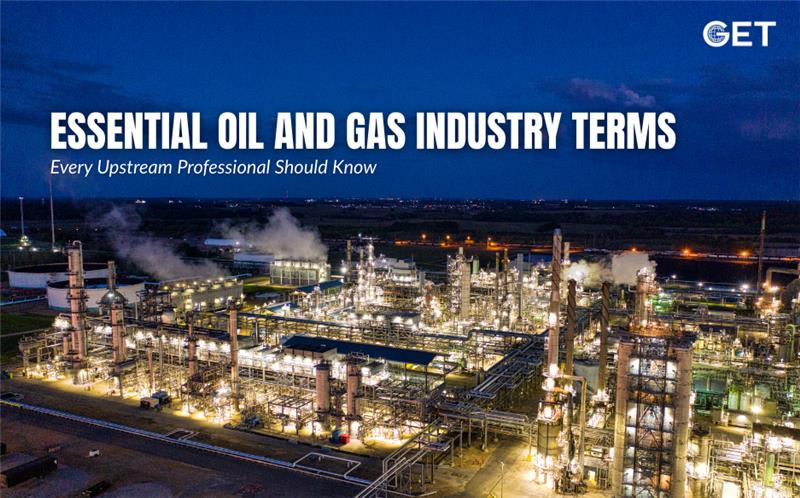
Life on an oil rig is unlike any conventional 9-to-5 job. The constant hum of machinery, high-pressure operations, and exposure to extreme weather conditions define the dynamic environment of upstream oil and gas. Among the many roles on a rig, the drilling engineer stands out as a key figure responsible for ensuring that wells are drilled safely, efficiently, and economically.
A drilling engineer’s day begins before sunrise with a mandatory safety briefing. These meetings are essential for identifying potential hazards, reviewing operational plans, and aligning the team on safety protocols. In high-risk environments like oil rigs, safety is non-negotiable.
During this time, drilling engineers also review night shift data—including drilling parameters and equipment performance—to plan the day’s operations.
Post-briefing, the engineer focuses on technical analysis. This includes:
These parameters are critical. For example, incorrect mud weight can lead to wellbore instability or blowouts. The drilling engineer acts as the bridge between design and execution, ensuring that the well trajectory and drilling program align with safety and performance goals.
Drilling engineers are not confined to control rooms. They are frequently:
This hands-on troubleshooting is vital, as drilling rarely goes exactly as planned. The ability to adapt quickly is a hallmark of a successful drilling engineer.
In the latter half of the day, engineers:
Modern rigs often use Measurement While Drilling (MWD) and Logging While Drilling (LWD) tools to enhance data accuracy and decision-making.
Despite the demanding environment, long hours, noise, and isolation, the sense of accomplishment and global exposure make this a rewarding career.
As the shift ends, a structured handover is conducted. This includes:
Effective handovers are critical to avoid miscommunication and operational errors. Best practices include using checklists, digital logs, and standardized formats.
After work, downtime may involve workouts, team meals, or online courses to stay updated with industry trends.
Read Also- What Is Coiled Tubing Operation?
Key Steps for Aspiring Drilling Engineers
If you’re considering this career path, here are practical tips:
Conclusion
The life of a drilling engineer is far from ordinary. It demands a blend of technical expertise, adaptability, and resilience. From early safety briefings to real-time data analysis and field troubleshooting, each day presents new challenges and opportunities. For those who thrive in dynamic, high-pressure settings, this career offers unmatched rewards and global exposure.

By Get global | December 11, 2025

By Get global | December 5, 2025
Turkey’s ambitions in the energy sector have taken a significant step forward as Turkish Petroleum (TPAO) ramps up drilling at its latest Black Sea discovery. The find is considered one of the most promising additions to the region’s portfolio, reshaping the conversation around Turkish gas exploration, self-sufficiency, and the future […]

By Get global | November 27, 2025
The upstream oil and gas industry is thrilling, quick-moving, and rich with opportunities—but let’s face it, it also has a lot of technical language. If you are a newcomer to the industry, changing jobs, or just wanting to enhance your knowledge about the industry, mastering the right terms can facilitate […]

By Get global | November 24, 2025

By Get global | November 17, 2025
Anyone who has worked in the UAE energy sector will tell you the same thing. The industry here keeps moving. Every year brings new drilling activity, stronger digital adoption, and a clearer shift toward cleaner and more efficient operations. Because of this, companies are looking for a different mix of […]